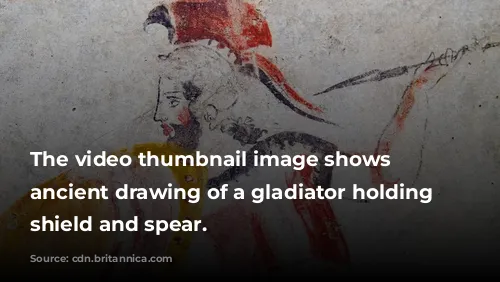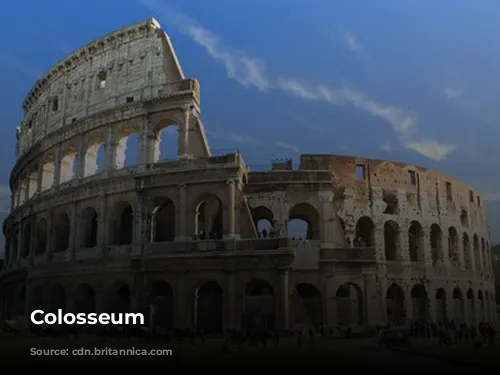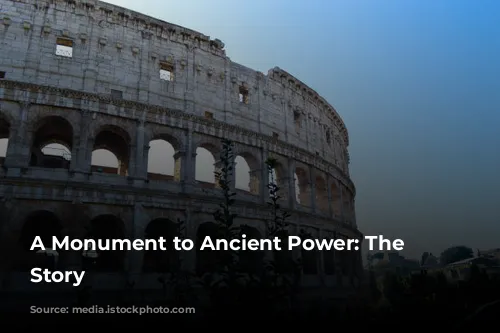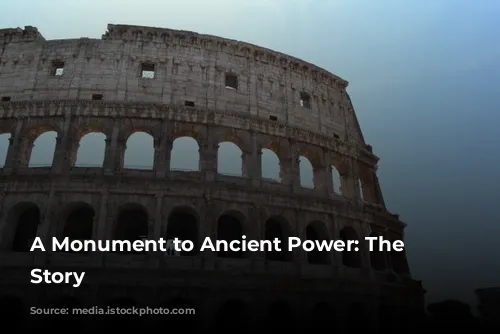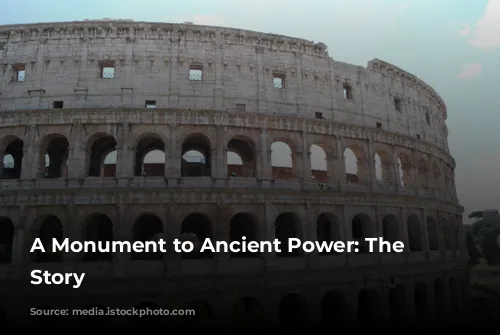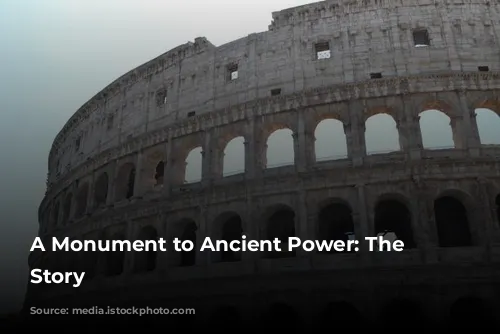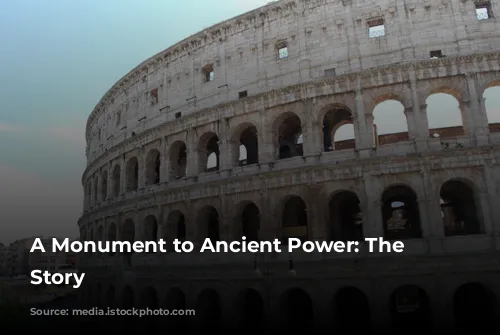The Colosseum, a magnificent structure that stands as a testament to the architectural and engineering genius of Ancient Rome, continues to captivate visitors from around the globe. This iconic landmark is not only a symbol of the past but also a major source of tourism revenue for Italy. In 2018 alone, the Colosseum, the Roman Forum, and the Palatine Hill collectively raked in over $63.3 million (€53.8 million), cementing their position as the most visited tourist attractions in Italy.
From Gladiator Arena to Quarry
The Colosseum, however, has witnessed a tumultuous journey throughout history. After the fall of the Western Roman Empire, the once-grand arena fell into a state of serious disrepair. The Frangipane and Annibaldi families, two powerful Roman clans, repurposed the structure as their fortress during the 12th century. The Colosseum was further stripped of its grandeur in the late 15th century when Pope Alexander VI permitted the use of its stones as a quarry. For over a thousand years, the Colosseum suffered from neglect, its grandeur slowly eroding. However, the 1990s witnessed a resurgence with state-funded restoration efforts aimed at reviving this historical gem.
A Monument to Imperial Might
The Colosseum’s origins lie in the ambitious plans of Emperor Vespasian to revitalize Rome after the tumultuous year of the four emperors in 69 CE. Following the tradition of other amphitheatres, Vespasian envisioned the Colosseum as a spectacle of entertainment. The arena was destined to host gladiator fights, animal hunts, and even mock naval battles, captivating the masses and showcasing Rome’s power and grandeur.
A Legacy of Blood and Stone
Construction of the Colosseum commenced under Vespasian’s reign between 70 and 72 CE. Titus, Vespasian’s son and successor, officially dedicated the completed structure in 80 CE, marking a significant milestone in Roman history. Domitian, Titus’s brother, added the Colosseum’s fourth story in 82 CE, further enhancing its imposing presence. It is important to note that the arena was funded by the spoils of Titus’s conquest of Jerusalem in 70 CE, and its construction was fueled by the labor of enslaved Jews from Judea, a stark reminder of the empire’s brutality and exploitation.
An Architectural Masterpiece
The Colosseum, also known as the Flavian Amphitheatre, stands as an architectural marvel. This elliptical structure boasts a unique combination of stone, concrete, and tuff, reaching a towering height of four stories. Measuring a staggering 620 by 513 feet (189 by 156 meters), the Colosseum could accommodate an astounding 50,000 spectators. The arena was renowned for its gladiatorial combat, a spectacle that captivated the Roman populace and solidified the Colosseum’s position as a symbol of Roman power and entertainment.
A Symbol of Rome’s Transformation
Located just east of the Palatine Hill, the Colosseum stands on the grounds that once housed Nero’s Golden House. Vespasian, whose path to power was far from opulent, made a conscious decision to replace Nero’s opulent artificial lake with a public amphitheatre, a symbol of his commitment to the people and a visible shift from Nero’s tyrannical reign. The Colosseum became a focal point for public entertainment, fostering a sense of community and shared experience among the Roman citizens.
A Structure of Unrivaled Scale
The Colosseum’s construction was a feat of engineering, utilizing a complex system of barrel vaults and groin vaults to support its massive structure. The arena boasts three stories adorned with arcades framed by engaged columns, following the Doric, Ionic, and Corinthian orders. This ascending arrangement of columns served as a blueprint for the Renaissance codification known as the assemblage of orders. The Colosseum’s construction reflects a fusion of travertine, volcanic tufa, and concrete, showcasing Roman ingenuity and resourcefulness.
A Spectacle for the Ages
The Colosseum’s innovative design included a retractable velarium (awning), protecting spectators from the sun’s glare. Hundreds of Roman sailors were tasked with manipulating the rigging that extended and retracted this massive awning. The arena witnessed countless gladiatorial combats, man vs. beast encounters, and even mock naval engagements, captivating the Roman populace with its spectacle and grandeur. However, the question of whether the Colosseum was the site of early Christian martyrdom remains a subject of debate.
The Colosseum’s Resilience
The Colosseum’s story is not without its share of tribulations. In medieval times, the arena was transformed into a church, then repurposed as a fortress by the Frangipane and Annibaldi families. Over time, the Colosseum suffered from lightning strikes, earthquakes, vandalism, and pollution, losing its majestic grandeur. The once-ornate marble seats and decorative elements vanished, leaving the structure as a mere quarry for over a thousand years.
A Legacy of Preservation
The 19th century witnessed a renewed focus on preserving the Colosseum, with notable efforts led by Pius VIII. In the 1990s, a restoration project breathed life back into the decaying structure. Today, the Colosseum stands as one of Rome’s most popular tourist destinations, welcoming close to seven million visitors annually. Regular exhibitions showcasing the culture of Ancient Rome further enhance the visitor experience, allowing modern audiences to connect with the past.
The Colosseum: A Symbol of Resilience and Grandeur
The Colosseum’s journey reflects a fascinating saga of power, entertainment, neglect, and rebirth. This iconic landmark is not only a testament to Ancient Rome’s architectural prowess but also a reminder of the cyclical nature of history. The Colosseum’s resilience and its enduring presence as a cultural and historical icon ensure that its story continues to captivate and inspire generations to come.
